So many people only think of California as a state of beautiful beaches and equally as beautiful people. People rarely associate architecture with Los Angeles, but L.A.’s historic downtown district is full of some of the most incredible buildings in the U.S. Compared to cities like Rome or even New York, L.A.’s historic core is one of the least frequented parts of the city. And perhaps that is because so few people even know it is here. After the economic decline in the 1960s, downtown suffered a sizeable financial recession that lasted for decades, and it is now seeing a new cultural renaissance.

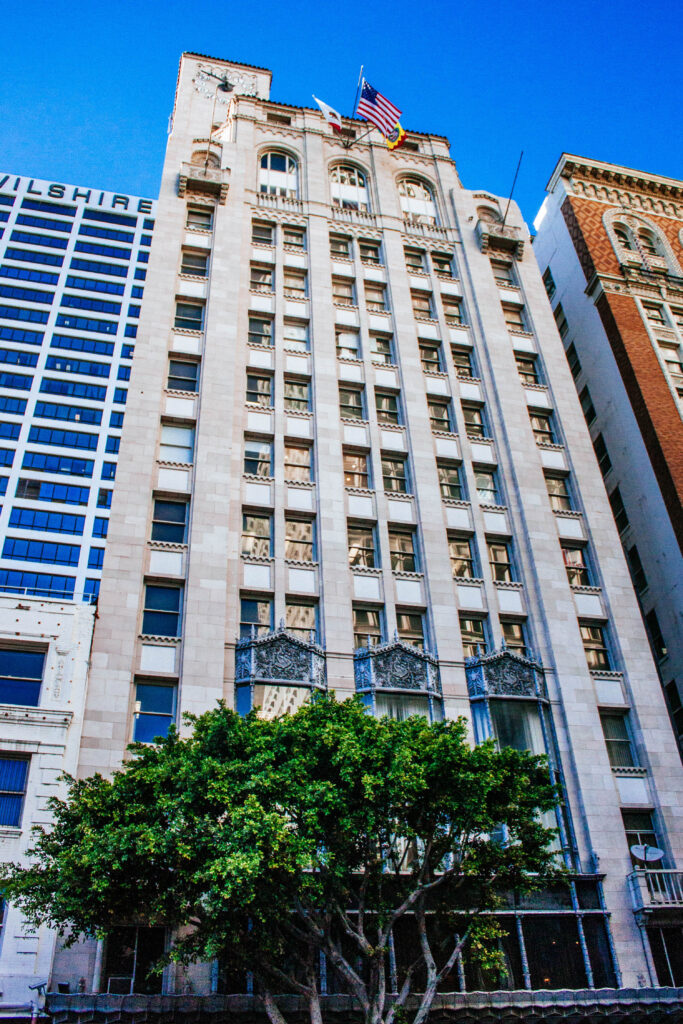
Angel’s Flight
Start your walking tour at the ‘Angel’s Flight’ steps on Bunker Hill. This funicular railway brings travellers up the hill to one of the most iconic landmarks in L.A., Most notable for the many scenes filmed for the movie 500 Days of Summer.

The funicular was nicknamed “the shortest railway in the world” when it was built in 1901, and ever since, it has brought passengers a mere few meters up the steep hill from Pershing Square Metro Station to the top of Bunker Hill. From there, you have the perfect vantage point to see the tops of all the famous buildings that decorate the Los Angeles skyline.
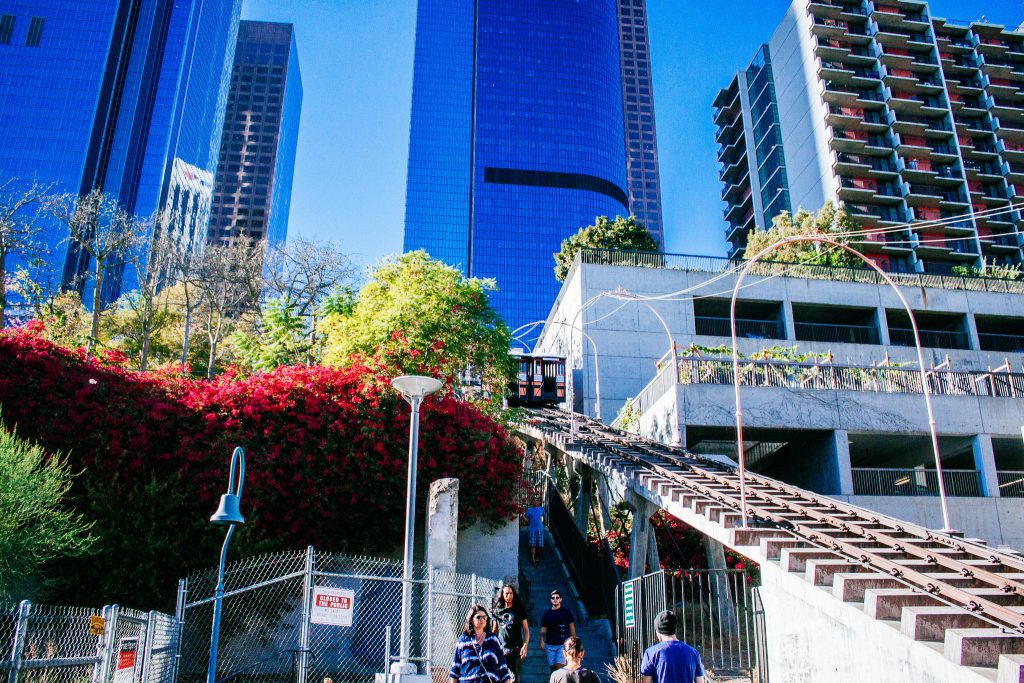
Grand Central Market
After a short walk down from the top of Bunker Hill, stop at the Grand Central Market. The original building was a Beaux Arts beauty, but over the years, modern renovations have since changed its appearance. When you visit the market, make a point to study the 1960s tile façade and the original large, rounded archways at the entrance.
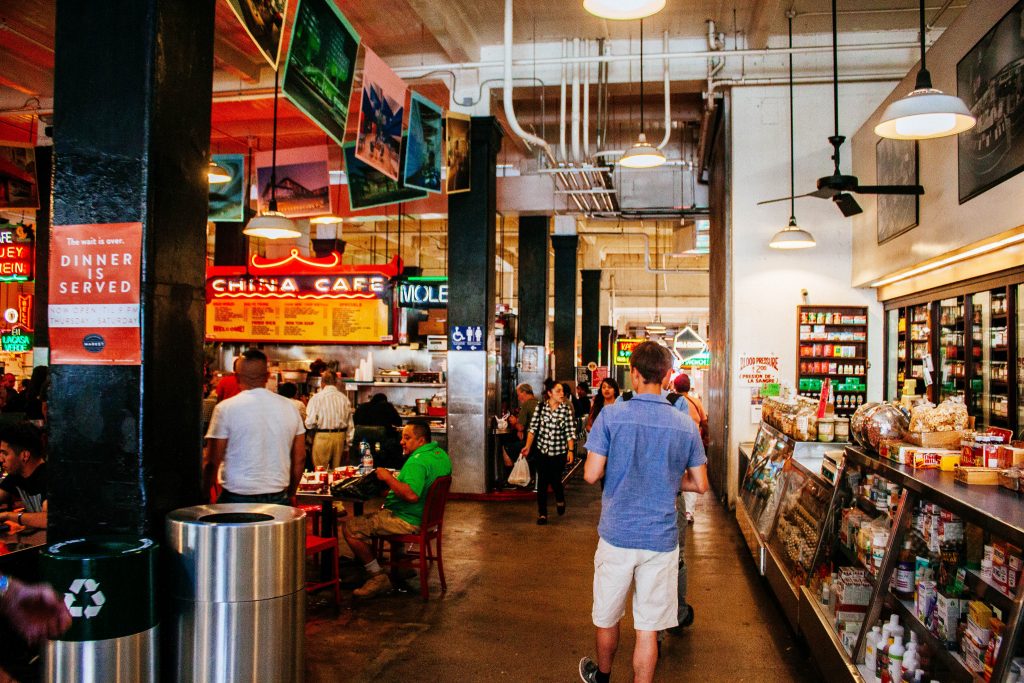
Eggslut
This little market, full of smells, sights and sounds, has been open since 1917. The market was once a meeting place for the city’s rich and the poor, and you could find everything from clothes to cabbage to goods for the home. Today, it is filled with delicious food for the everyman. As you step down the stairs in the thick of things, your senses are engulfed in the smell of slow-roasting pork, crispy tortillas and hot spices. Stop in at G&B Coffee for a dark brew, or try one of their fizzy hoppy teas for something different. Chow down on gorditas and drool-worthy tacos at Ana Maria’s. And if you’re looking for a trendy Sunday morning brunch spot, try Eggslut for their signature Eggslut sandwich, a jar-poached “coddled” egg atop potato purée.
Bradbury Building
The Bradbury Building is one of the most important architectural landmarks of the city. And while its exterior is gorgeous, it’s the interior you’ll want to ensure you see! Built in 1893, this office building is best known for the incredible skylit atrium, surrounded by gilded, ornate ironwork walkways, stairs and elevators. The building was made for gold-mining millionaire Lewis L. Bradbury and, as such, feels like it has been kissed by King Midas himself.
Alexandria Hotel
Wind your way toward the famous Alexandria Hotel. In the heyday of cinema-making of the 1900s, this monolith of Beaux-Arts architecture and glamour was built. It cost $2 million to bring the lavish designs and finishing that the New York elite was used to across the country to sunny L.A. The building’s signature griffins still stand today, looming over the street, watching passersby going about their business.
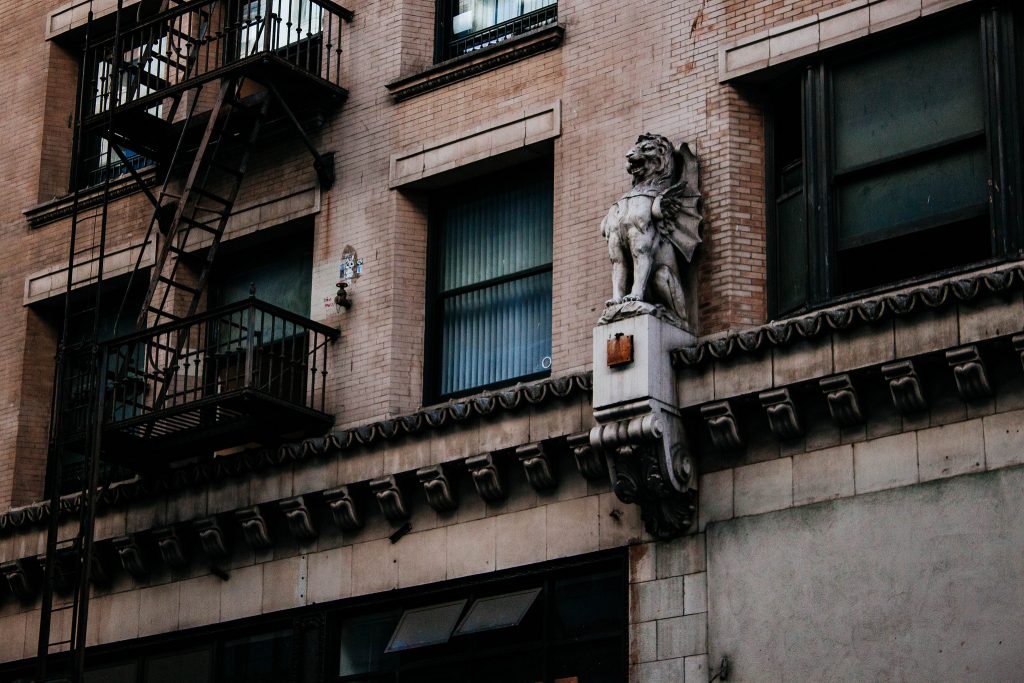
Over the years, it saw visitors from all walks of fame. From President Theodore Roosevelt to Charlie Chaplin and even Mary Pickford. But as the celebs moved out of the downtown core, the hotel lost its lustre and soon was nothing more than squatting quarters for vagrants. Now, it has a new owner, and with fresh businesses coming back downtown, it might even see a new renaissance. Its illustrious Palm Court, built in the 1960s, is still one of the most awe-inspiring interiors in L.A. The ceiling is an enormous mass of intricately designed stained glass and walking in the room, you completely feel embraced by the beautiful coloured scene painted with glass above you.
Broadway-Spring Arcade Building
As you walk down South Spring Street, you come upon a giant slate-coloured building with tiny, uniform windows that cover its facade. Looking like a massive brick honeycomb. This is, of course, the Broadway-Spring Arcade Building. The building is connected by a stunning skylit and a three-storey arcade.
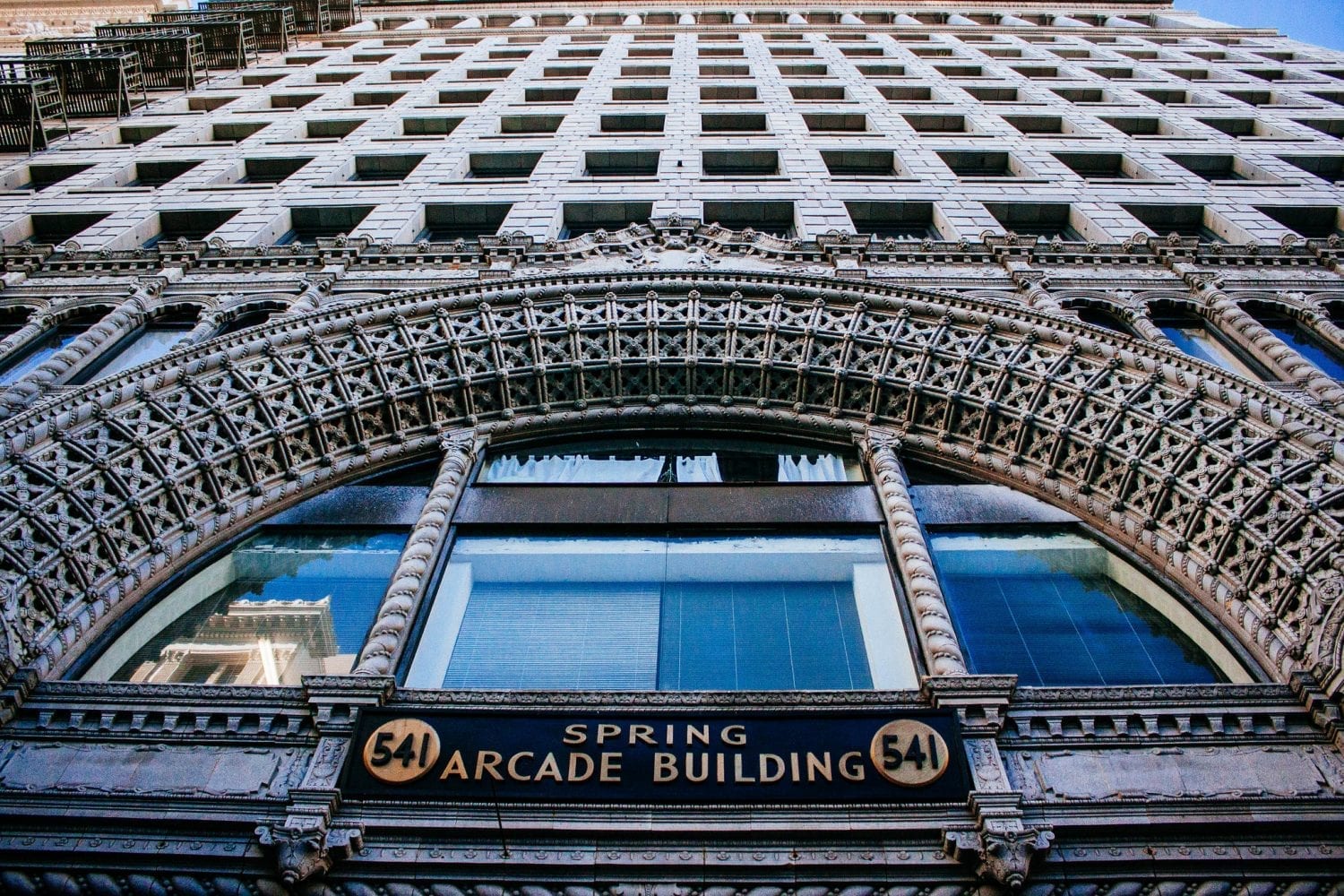
Walking through the arches, you’re met with a splendid gallery of little, independent shops gathered below retro lights that line the gallery like little soldiers. Later on, after its initial construction, two Venetian-style bridges were added to connect the lower levels of the two buildings, creating a very European feel to space.
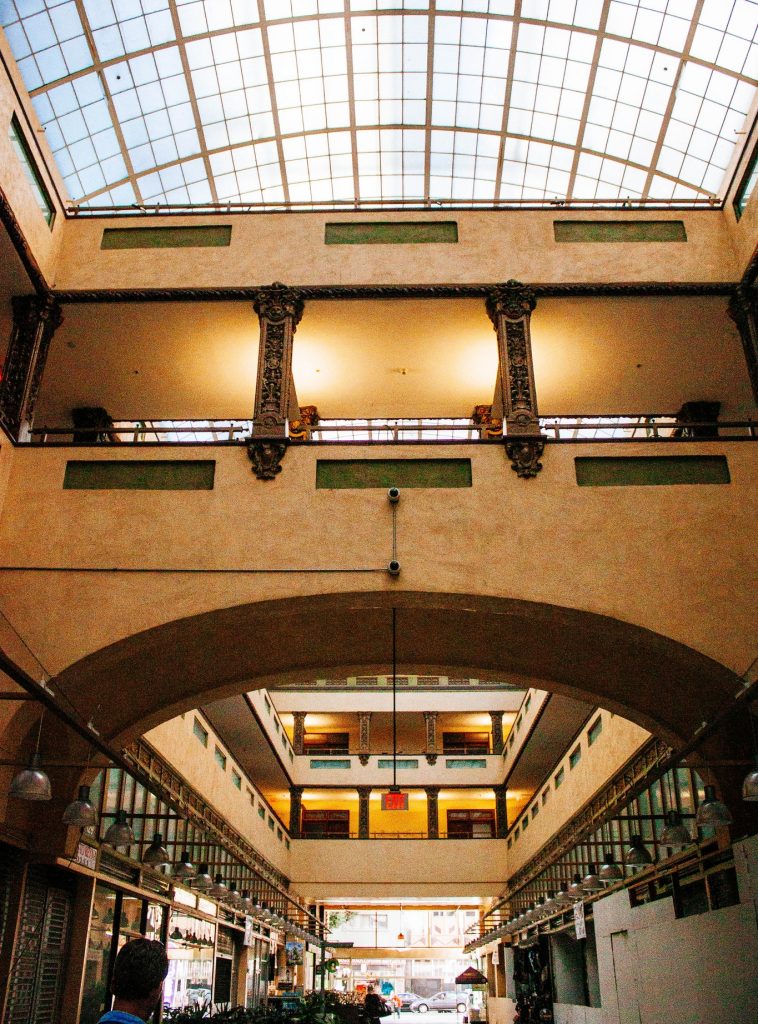
Ninth and Broadway Building
Just down the street, you find the Ninth and Broadway Building. Built in the 1930s, this sturdy building is a dramatic design and architecture. The most iconic detail is the two-storey tall terra cotta grapevine filigree that crawls up the front of the building. The art deco lettering that addresses the building is a charming nod to a time gone by.
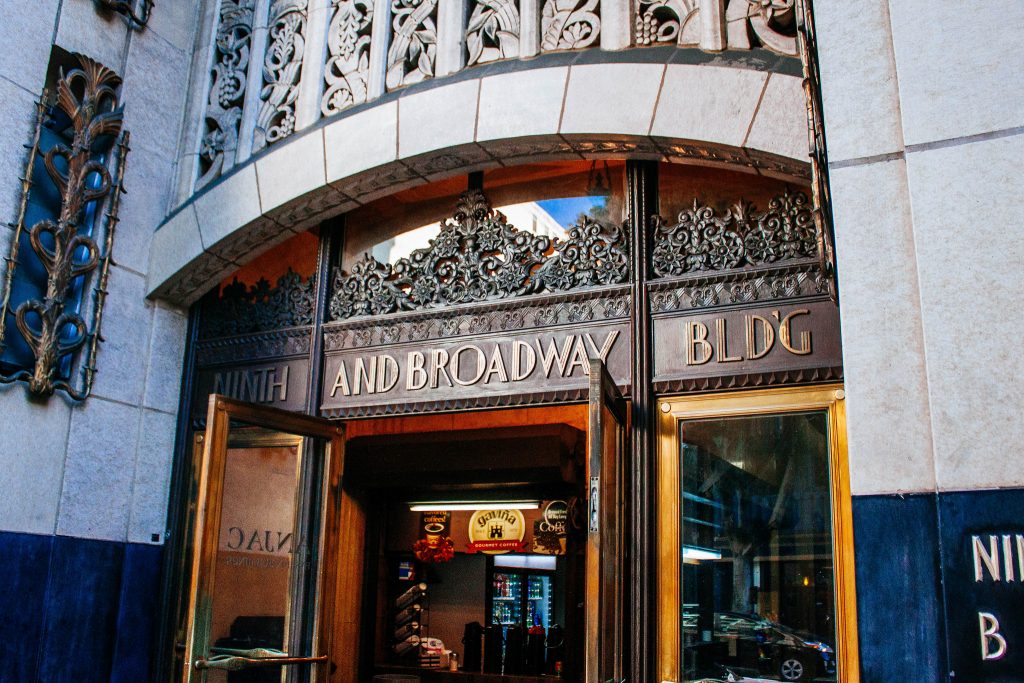
But the ornamentation doesn’t stop at the front of the building. As you look up at the myriad of floors above, you’ll notice the filigree grapevine designs continuing between all the perfectly placed windows, each stamped with an abstract art deco geometric design.

The Jewelry District
The Jewelry District is a section of downtown Los Angeles where gold, diamonds and anything sparkly can be seen on display in highly curated window boxes. As you walk down the street, it seems like every other shop is a jewelry store with identical window displays and signage. Annually this district brings in just under $3 billion in jewelry alone!
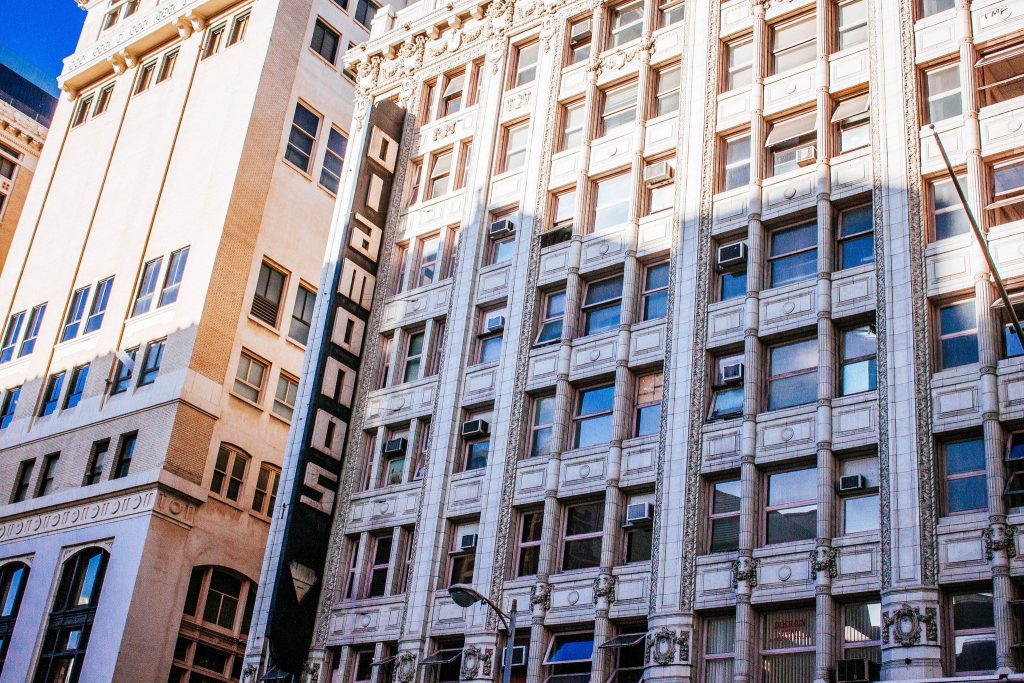
The most famous of these Jewellery retail outlets is the International Jewelry Centre. This building reminds me of the train station in Melbourne, with its enormous domed roof and French Renaissance-inspired ornamentation that climbs along the columns and frames the windows.

PacMutual
Head over to the financial district and visit the PacMutual building. A set of three different buildings have been connected over the years and now make up the place we call the PacMutual building. Each structure represents a different period of architecture, yet they all seem to flow together cohesively. The first building erected in 1906 was on the corner of Sixth and Olive Street. It was designed in the Beaux Arts style with decorative arches and flowery details.
In 1921, a taller building was constructed the same way as the previous one. With more money in their pockets this time, they added Italian marble throughout the lobby and more terra cotta embellishments. The final building in this triad is a seemingly simple two-story parking garage. Where the addition of a parking lot might have been an eye sore, this architect took it upon himself to disguise it in Beaux Arts flourishes and a glamorous tiled roof.
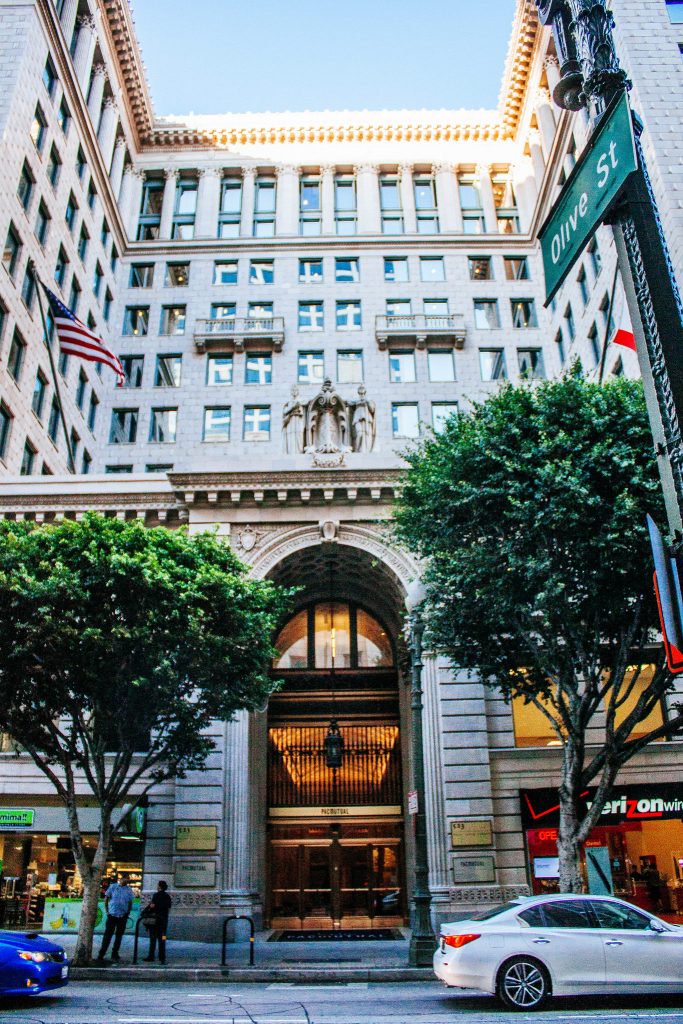
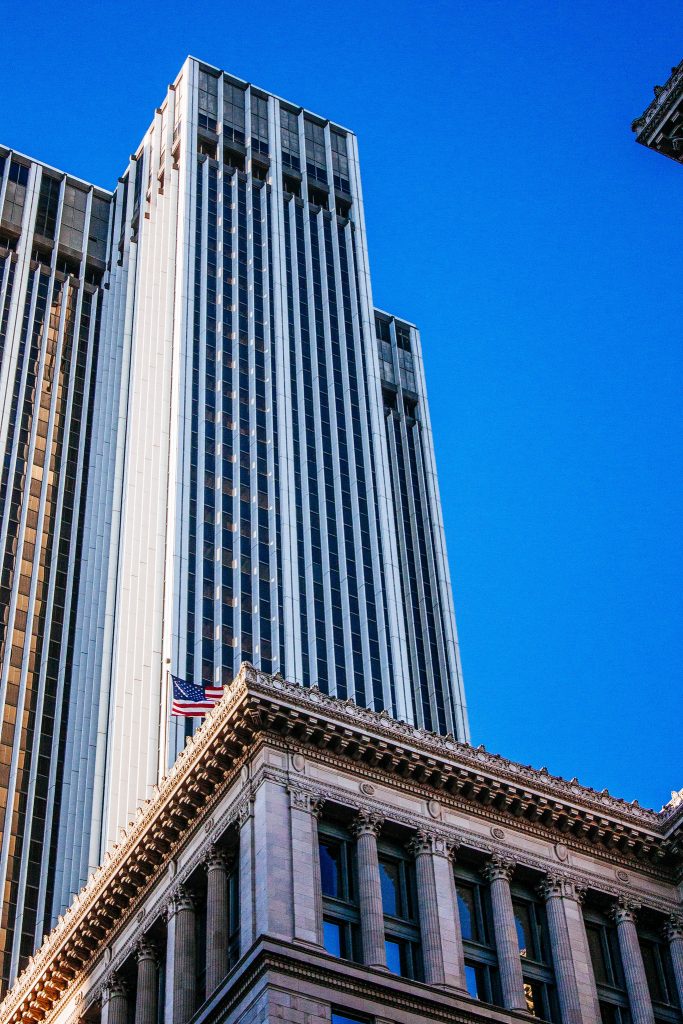
Los Angeles Library
The last stop on tour was at the impressive Los Angeles Library. A stop-off at the library might seem like an anti-climactic visit, but it is not the case here in L.A. The library was officially named a Historic-Cultural Monument, and its importance as a place for the community is firmly evident as you walk around and watch people interact with the public space. People wander the gardens and sit quietly reading or talking on the phone on all the different benches and seating areas in the courtyard. It seems almost like a modern-day town square.
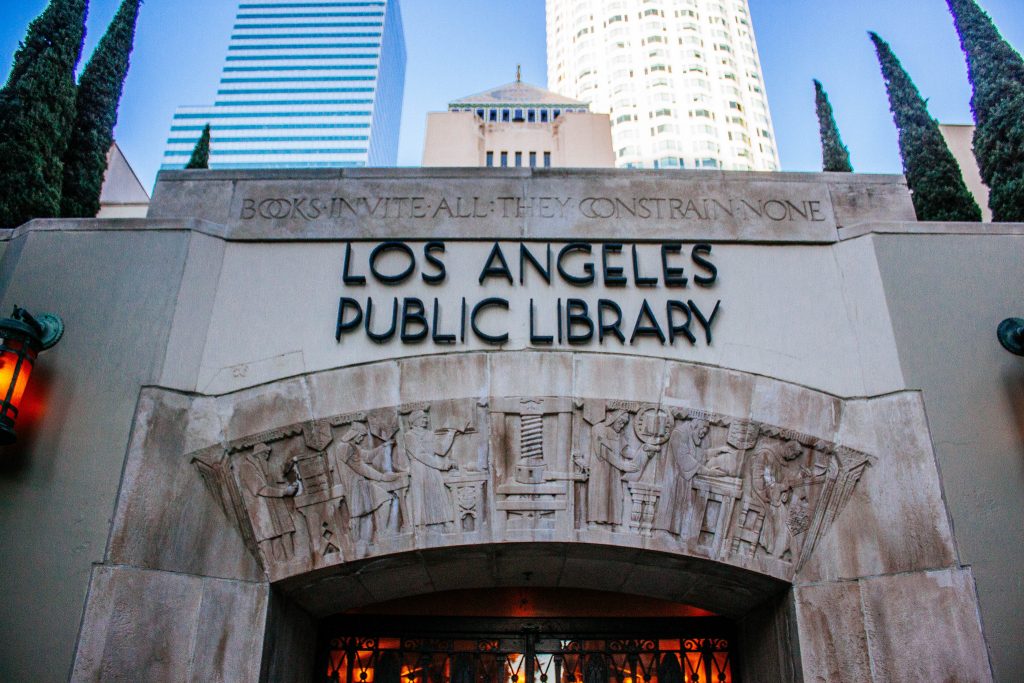
The library’s design is not of the Art Deco period or the Beaux Arts. This time, the architect went far back to get his inspiration. All the way to ancient Egypt. Egyptians were some of the finest architects. But they were a culture that respected and sought to preserve their language and historical stories.
Although not in a typical “library”, they preserved their stores right in the walls of their home in hieroglyphs. So it is no surprise that this is where the architect drew his inspiration for the library. The central part of the library looks like a squared-off pyramid with brightly coloured tiled mosaics on the roof. The suns on either side of the roof reference the “light of learning.” Along the facade are carved notable men of history. We have represented men from the arts, Science, Philosophy and more here.

Fine Arts Building
The Fine Arts Building on West 7th Street was built in 1926 and is a love story of architecture. The Romanesque Revival face featured a two-storey arch over the main entrance, intricately decorated with griffons, gargoyles and birds. The entire building is replete with ornamentation and carved figures, to the point where it feels almost more like a church than an office building. On either side of the entry arch are two reclining figures, representing Architecture and Sculpture as human beings. Be sure to step inside and admire the two-storey terracotta and tile-tiered ceiling.
Theatre District
As you finish with the business district, you turn a corner, and suddenly every other building you come across is an opulent theatre. This, of course, is the Theatre District. These gaudy and gorgeous edifices are aged to pure perfection. Their slightly tarnished and dirty facade only adds to the magical historical quality they preserve within their bones.
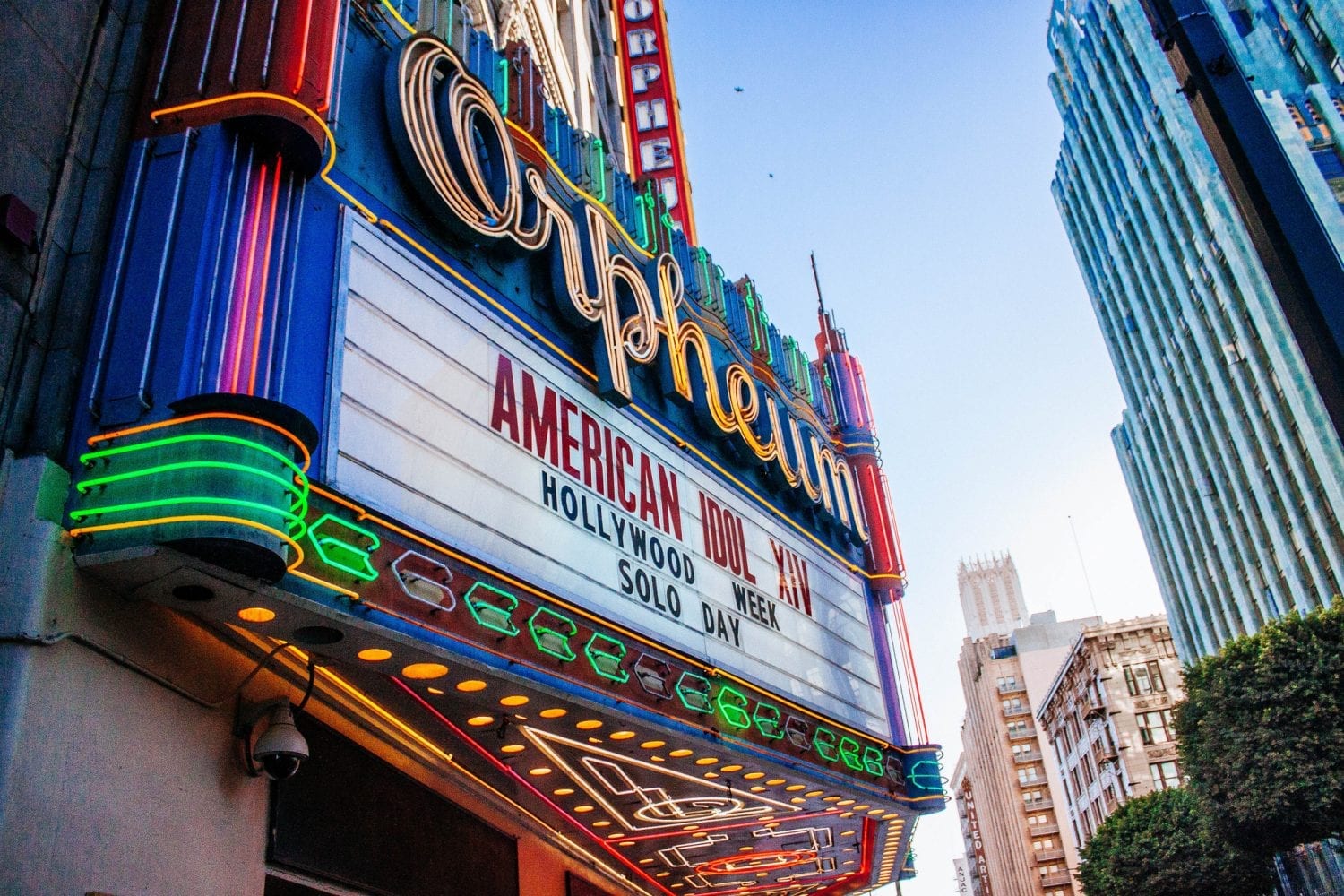
The Los Angeles Theatre
The Los Angeles Theatre is no doubt the most extravagant of them all. Designed by legendary theatre architect S. Charles Lee in 1931, this building stretches into the skies with European-inspired designs that make you feel like you have been transported into Paris, France. The baroque columns and sculptures that pour off the building reek of French finery. Even a sunburst motif is used throughout, inspired by Louis XIV’s castle of Versailles.

The Palace Theatre
The Palace Theatre is one of the oldest on the strip. It opened in 1911 and is one of the remaining original Orpheum theatres in the U.S. This building seems as though any minute, swarms of youthful flappers in sequined gowns might emerge from its doors. Perfectly preserved in time, you can even read the old painted advertisements still etched onto the side of the building. One can imagine that these ads would entice customers to attend the shows featuring such acts as Harry Houdini, Fred Astaire, and a young Rita Hayworth.
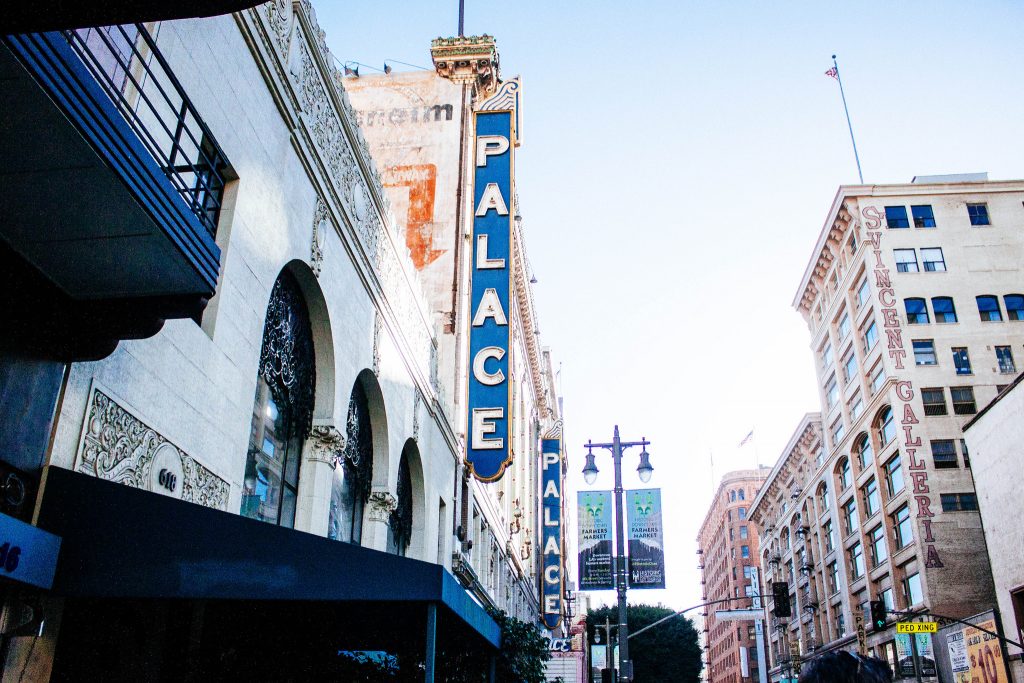
The mixture of Florentine architecture and retro 70’s typography, and colourful flare are wonderfully combined on the front of this theatre. Multicoloured terracotta flowers are stamped on the sides of the window frames, while gothic fairy sculptures hang off the building like whimsical gargoyles. Even the old lamps still glow and are reflected on the wet streets.

Tower Theatre
Built in 1927, the Tower Theatre is a testament to the evocative Baroque Revival style. The theatre’s exterior was even modelled after the famed Paris Opera House. Tiny star-shaped geometric designs are carved into the building’s walls, making the whole thing seem like it is floating in space. One of the Tower Theatre’s most iconic features is its giant Art Nouveau clock tower that reaches into the sky, flanked by gilded columns and framing the neon sign that flashes its name to curious passersby.

Eastern Columbia Lofts
Probably the piece-de-resistance of the entirety of downtown L.A. is the Eastern Columbia Lofts. From all the way down the street, you can see the bright, turquoise copper gleaming in the distance. On top, a giant clock and the word ‘EASTERN’ all in neon beacons you towards it. The Eastern Columbia Lofts is one of the best examples of true Art Deco architecture in the United States. Featuring all the keystones of Art Deco design, this building seems cohesive while incorporating various elements from that period. From sunburst patterns to zigzags and chevrons to simple geometric shapes and turquoise copper panels flanked in gold, every piece feels like it complements the other.

Although the building has been standing for years, its appeal is timeless. The developer, Kor Realty Group, optioned this property for condo development in 2006 and has since turned empty retail and business spaces into chic, modern condos while retaining their original appearance. One of the more curious features is the four modernized flying buttresses that flank the clock tower on the top of the building. This style, once only found in gothic architecture, was appropriated to great effect.
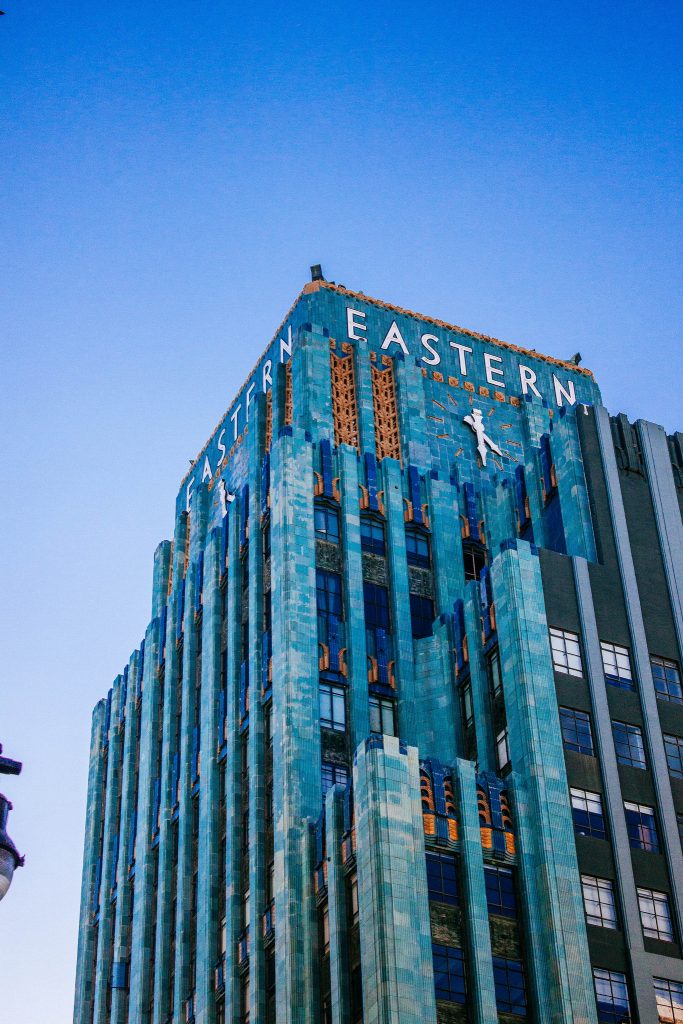

Ace Hotel
If you’re looking for true gothic architecture, go beyond the Ace Hotel. Originally known as the United Artists building, at 13 stories tall, it was the tallest building in Los Angeles after its completion in 1927. The building houses residential apartments and a theatre on the first floor. The terra cotta and plaster-fronted structure were dripping with Gothic influences from Spain and were inspired by the Segovia Cathedral. Its delicate tracery windows pointed arches, and highly detailed carved capitals make this building look more like a church than a commercial space. The stone spandrels that line the facade give the building the appearance of being taller than it really is, lifting its grandeur right up into the sky.
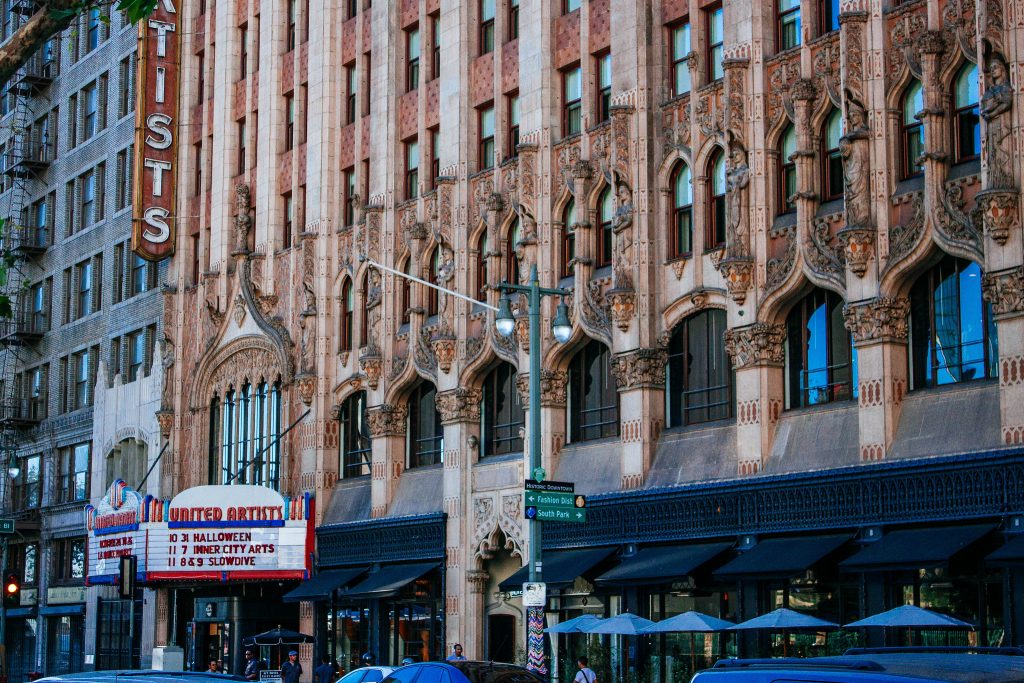
Taking a free walking tour of the Art Deco streets of downtown Los Angeles is a must-do experience for anyone who loves architecture and history. From the stunning facades to the intricate details, these buildings are a testament to the city’s rich cultural heritage.
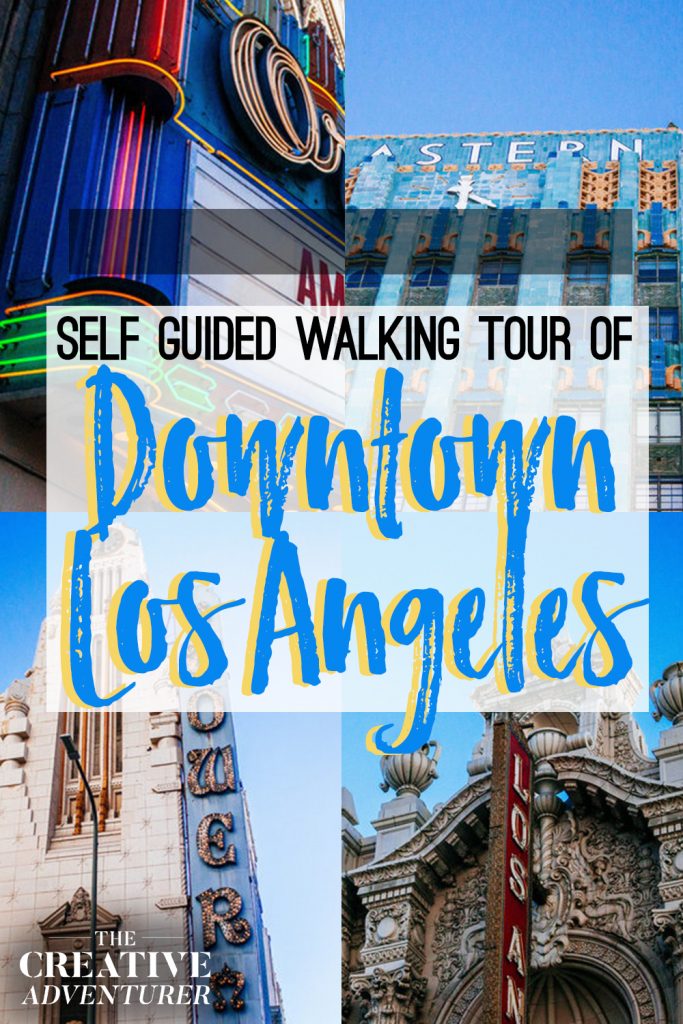
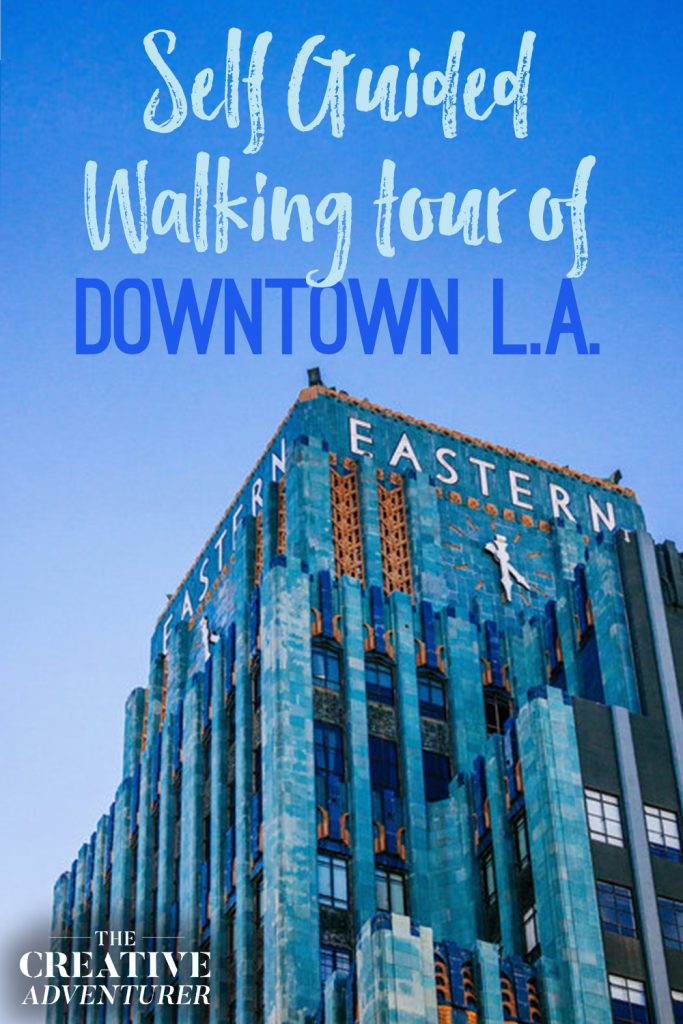


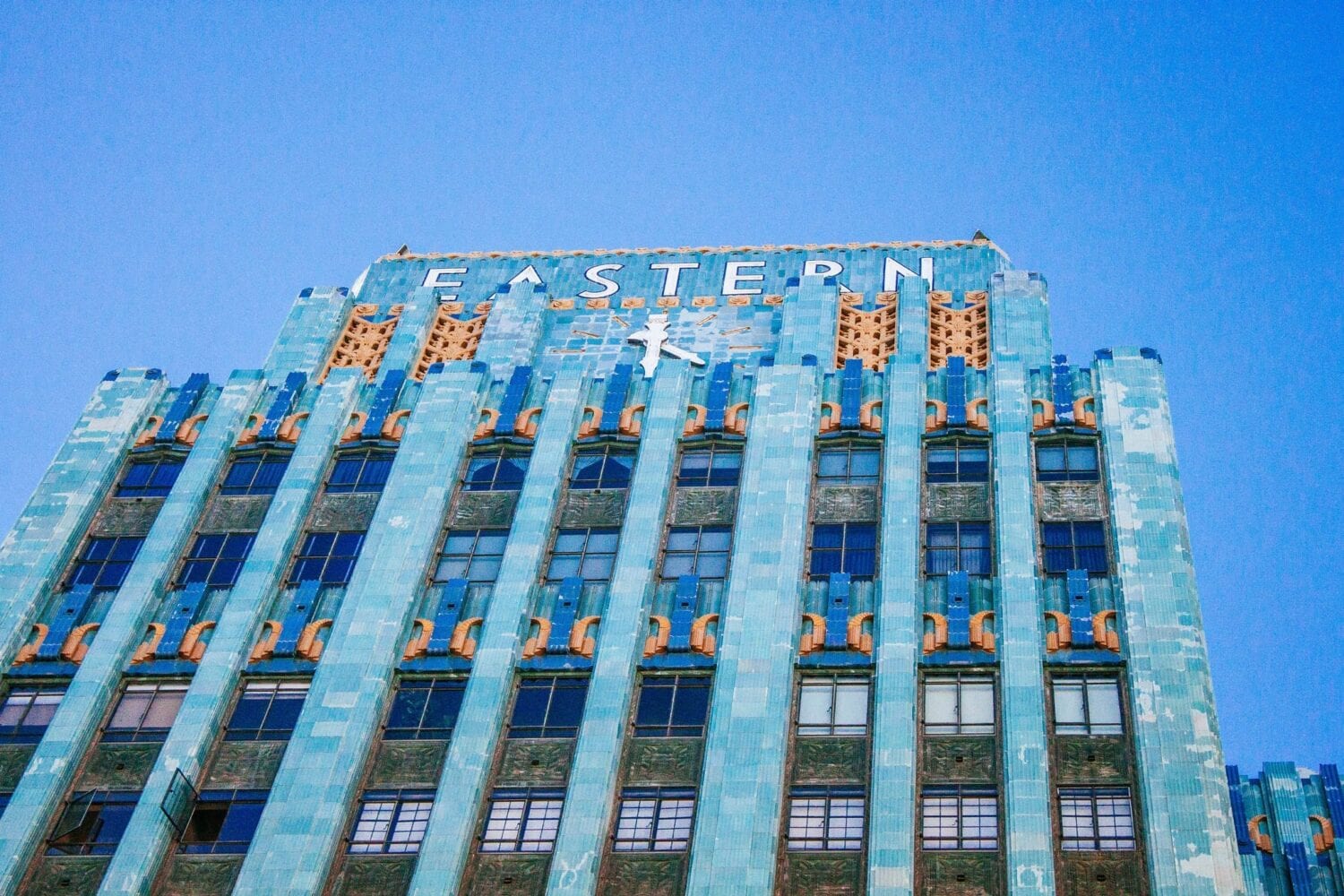
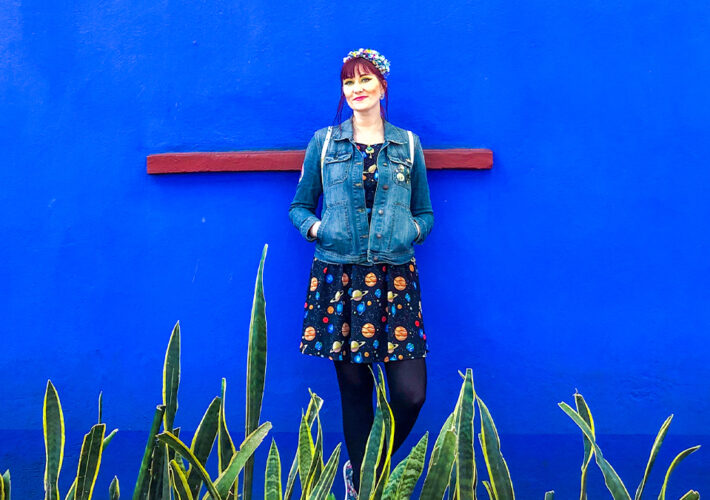
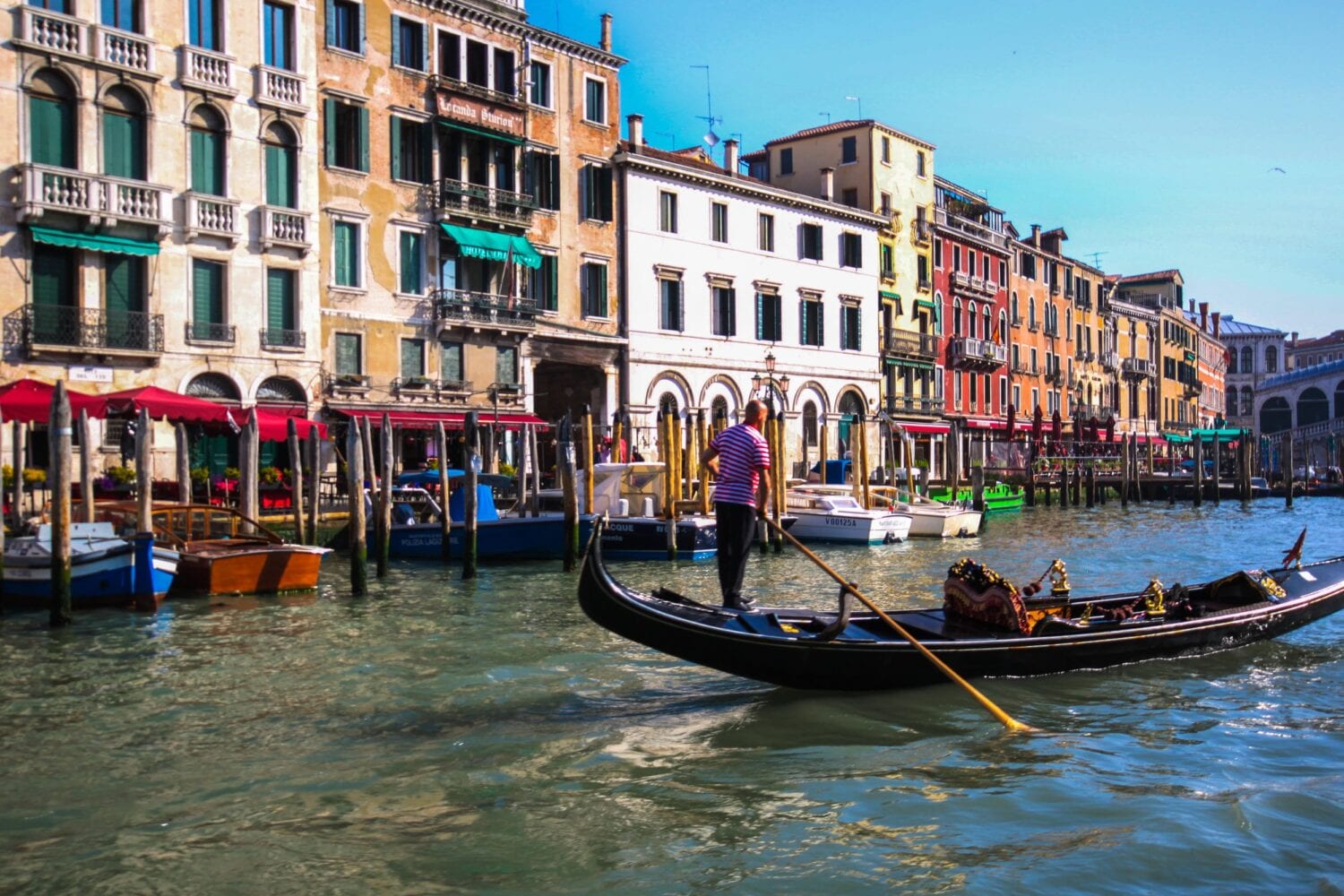
Leave a Comment